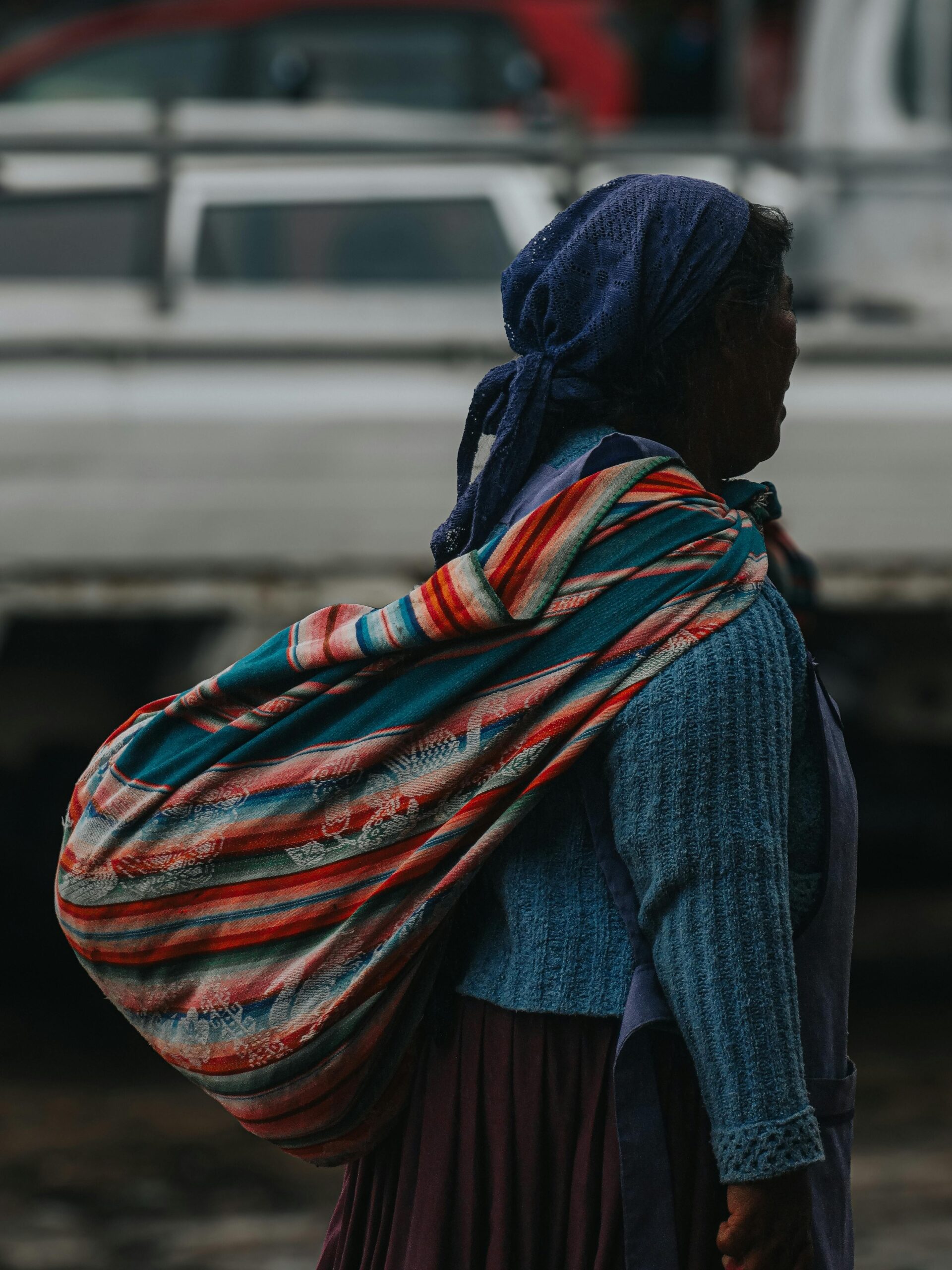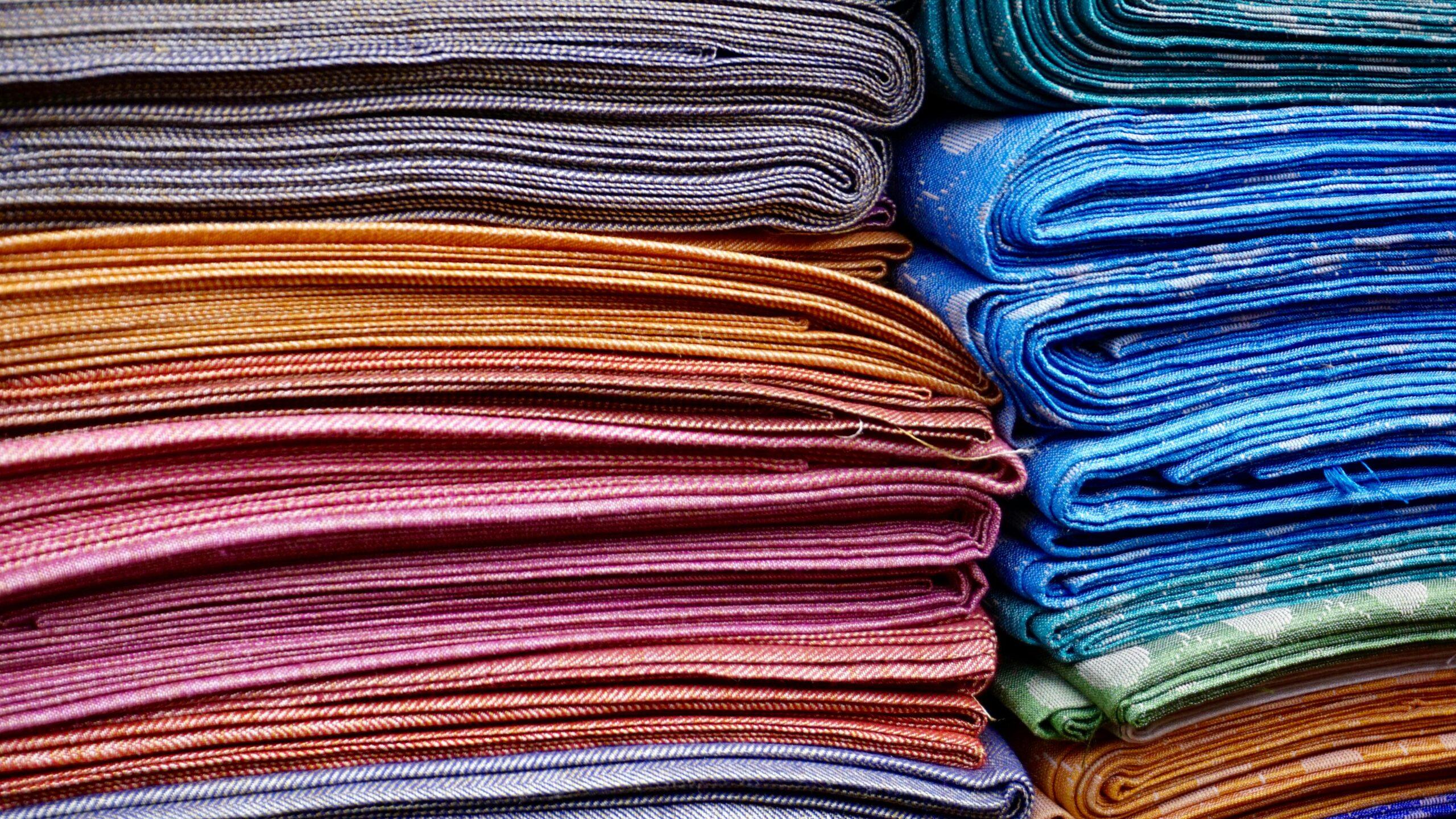What is a sarape?
A sarape, also known as a serape, is a type of heavy woolen blanket or shawl that originated in Mexico. It is a distinctive and iconic piece of Mexican textile art, known for its vibrant colors, intricate patterns, and rich cultural heritage. Sarapes are not just functional garments but also serve as symbols of Mexican identity and pride, reflecting the country’s diverse indigenous traditions and the enduring legacy of its artisanal craftsmanship.
As an avid admirer of Mexican culture and design, I have always been fascinated by the captivating world of sarapes. In this article, we will delve into the fascinating history, cultural significance, and contemporary relevance of these remarkable textiles, exploring their unique designs, materials, and the regions that have become synonymous with their production.
The history of sarapes
The origins of the sarape can be traced back to the pre-Columbian era, when indigenous communities in Mexico, such as the Aztecs and the Tlaxcalans, began weaving intricate textiles for both practical and ceremonial purposes. These early sarapes were often made from natural fibers like cotton, wool, and agave, and their designs were imbued with symbolic meanings and spiritual significance.
With the arrival of the Spanish conquistadors in the 16th century, the sarape underwent a transformation, as the new colonial influences blended with the existing indigenous traditions. The Spanish introduced new weaving techniques, dyes, and materials, which led to the emergence of the distinct regional styles and patterns that we see in sarapes today.
Over the centuries, the sarape has evolved, adapting to changing fashion trends and the needs of different communities. Yet, its core essence – the celebration of Mexican heritage, craftsmanship, and artistic expression – has remained constant.
The cultural significance of sarapes
Sarapes hold a deep and enduring cultural significance in Mexico, serving as a tangible representation of the country’s rich history and diverse identity. These textiles are not merely functional garments but also powerful symbols of Mexican pride and resilience, connecting the past to the present.
For many indigenous communities, the sarape is more than just a piece of clothing; it is a sacred object imbued with spiritual meaning and ceremonial importance. The intricate patterns and motifs woven into the fabric often carry symbolic references to the natural world, religious beliefs, and the cultural traditions of the region.
Beyond their spiritual and cultural significance, sarapes have also played a crucial role in the economic and social fabric of Mexican communities. The production of these textiles has provided livelihoods for generations of artisans, fostering a deep sense of pride and community among the weavers and their families.
Traditional designs and patterns of sarapes
The vibrant and intricate designs of sarapes are a true testament to the artistic ingenuity and cultural heritage of Mexico. Each region of the country has developed its own distinctive style, with unique patterns, color palettes, and weaving techniques that reflect the local traditions and natural resources.
One of the most recognizable patterns is the iconic diagonal stripes, which are often associated with the sarapes from the state of Saltillo. These bold, colorful stripes can be found in a variety of hues, from the rich reds and blues to the earthy tones of ochre and brown.
Another distinctive design is the serrated or zigzag pattern, which is commonly seen in sarapes from the state of Oaxaca. These intricate motifs are believed to symbolize the sacred mountains and the cyclical nature of life.
In addition to these classic patterns, many sarapes also feature intricate geometric designs, floral motifs, and even figurative representations of animals, deities, and historical events. These intricate patterns are often created using a technique called “ikat,” which involves tying and dyeing the threads before weaving them into the fabric.
The materials used in making sarapes
The materials used in the production of sarapes are as diverse and rich as the textiles themselves. Traditionally, sarapes were woven using natural fibers such as wool, cotton, and silk, which were sourced from the local environment.
Wool, in particular, has been a crucial material in the making of sarapes, as it provides the necessary warmth and durability required for these versatile garments. The wool used in sarapes often comes from the sheep raised in the mountainous regions of Mexico, where the climate is well-suited for their growth.
In addition to wool, many sarapes also incorporate the use of cotton, which is prized for its softness and breathability. The cotton used in sarape production is frequently sourced from the fertile agricultural regions of Mexico, where the climate and soil conditions are ideal for its cultivation.
The use of natural dyes, such as those derived from plants, insects, and minerals, has also been an integral part of the sarape-making tradition. These dyes not only lend vibrant hues to the textiles but also imbue them with a sense of authenticity and cultural significance.
The regions known for producing sarapes
While sarapes can be found throughout Mexico, certain regions have become renowned for their exceptional craftsmanship and distinctive styles. These regional centers of sarape production have played a crucial role in preserving and evolving the rich textile heritage of the country.
One of the most famous sarape-producing regions is the state of Saltillo, located in the northern part of Mexico. Saltillo is renowned for its iconic diagonal striped sarapes, which are characterized by their bold, vibrant colors and intricate patterns.
Another renowned center of sarape production is the state of Oaxaca, located in the southern part of Mexico. Oaxacan sarapes are known for their serrated or zigzag patterns, which are believed to symbolize the sacred mountains and the cyclical nature of life.
The state of Michoacán, situated in the central region of Mexico, is also celebrated for its exceptional sarape craftsmanship. Michoacán sarapes are often distinguished by their intricate geometric designs and the use of natural dyes, such as those derived from the cochineal insect.
These regional centers of sarape production have not only preserved the traditional weaving techniques but also adapted them to meet the changing demands of the modern world, ensuring the continued relevance and vibrancy of this iconic Mexican textile art.
How sarapes are used in different cultures and traditions
Sarapes have been an integral part of Mexican culture and tradition for centuries, serving a wide range of purposes beyond their practical function as garments.
In many indigenous communities, sarapes are used in ceremonial and religious rituals, where they are believed to hold spiritual significance. These textiles may be worn during important cultural events, such as weddings, festivals, and religious ceremonies, as a way of honoring the traditions and beliefs of the community.
Sarapes have also played a crucial role in the everyday lives of Mexicans, serving as versatile and practical garments that can be worn in a variety of settings. From the rugged rancheros of the countryside to the urban dwellers of the cities, sarapes have been a staple of Mexican fashion and style for generations.
Beyond their use as clothing, sarapes have also found their way into the realm of home decor, where they are often used as decorative throws, wall hangings, or even as upholstery for furniture. These textiles have the ability to add a touch of authentic Mexican flair to any living space, while also serving as a reminder of the rich cultural heritage that they represent.
Contemporary uses of sarapes
While sarapes have a long and storied history, they have also adapted to the modern world, finding new and innovative ways to integrate into the contemporary cultural landscape. Today, sarapes are not just limited to their traditional uses but have also become a symbol of Mexican pride and a sought-after fashion item in both domestic and international markets.
In the fashion industry, sarapes have become a popular choice for designers and fashion enthusiasts alike, who have embraced the vibrant colors, intricate patterns, and rich cultural significance of these textiles. Sarapes can be found in a wide range of garments, from stylish ponchos and shawls to high-fashion dresses and accessories.
Beyond the realm of fashion, sarapes have also found their way into the world of art and design, where they are celebrated for their visual and tactile qualities. Sarape-inspired motifs and patterns have become a popular choice for home decor, from wall hangings and throw pillows to furniture upholstery and tableware.
In the culinary world, sarapes have even found a place, with some chefs and food enthusiasts using them as a unique serving surface or as a decorative element in their presentations. This multifaceted integration of sarapes into various aspects of contemporary culture is a testament to the enduring appeal and adaptability of this iconic Mexican textile.
Collecting and caring for sarapes
For those who are captivated by the beauty and cultural significance of sarapes, the prospect of starting a collection can be both exciting and daunting. Sarapes are not only visually stunning but also require specialized care and attention to preserve their integrity and longevity.
When it comes to collecting sarapes, it is essential to seek out authentic, high-quality pieces that have been produced by skilled artisans using traditional techniques and materials. These textiles can be found in a variety of settings, from local markets and artisan workshops to online marketplaces and specialized retailers.
Proper care and storage are crucial for maintaining the condition of your sarape collection. Sarapes should be gently hand-washed or dry-cleaned, and stored in a cool, dry place, away from direct sunlight and moisture. It is also important to avoid folding or creasing the textiles, as this can lead to permanent damage over time.
For those who are new to collecting sarapes, it is recommended to start by researching the different regional styles and patterns, as well as the materials and techniques used in their production. This knowledge can not only help you make more informed purchasing decisions but also deepen your appreciation for the rich cultural heritage that these textiles represent.
If you’re captivated by the vibrant world of sarapes and want to start your own collection, I encourage you to explore our curated selection of authentic, high-quality sarapes from across Mexico. Each piece is a unique work of art, imbued with the rich history and cultural significance of this iconic textile. Browse our collection now and let the beauty and craftsmanship of these remarkable textiles inspire you to celebrate the enduring legacy of Mexican artistry.
Conclusion: Celebrating the beauty and heritage of sarapes
As we have explored in this article, the sarape is a truly remarkable and multifaceted textile, serving as a powerful symbol of Mexican identity, cultural heritage, and artistic expression. From their humble beginnings as functional garments to their contemporary status as fashion statements and artistic marvels, sarapes have evolved and adapted to the changing tides of time, yet they remain firmly rooted in the rich traditions and vibrant spirit of Mexico.
By delving into the history, cultural significance, and contemporary uses of sarapes, we have gained a deeper appreciation for the intricate craftsmanship, the symbolic meanings, and the enduring legacy of these remarkable textiles. Whether you are a seasoned collector or a newcomer to the world of sarapes, I hope that this article has inspired you to celebrate the beauty, diversity, and heritage of these iconic Mexican textiles.
As we continue to explore and appreciate the vibrant world of sarapes, let us remember that these textiles are not just inanimate objects but rather living, breathing expressions of the human spirit – a testament to the enduring power of creativity, community, and cultural identity.



